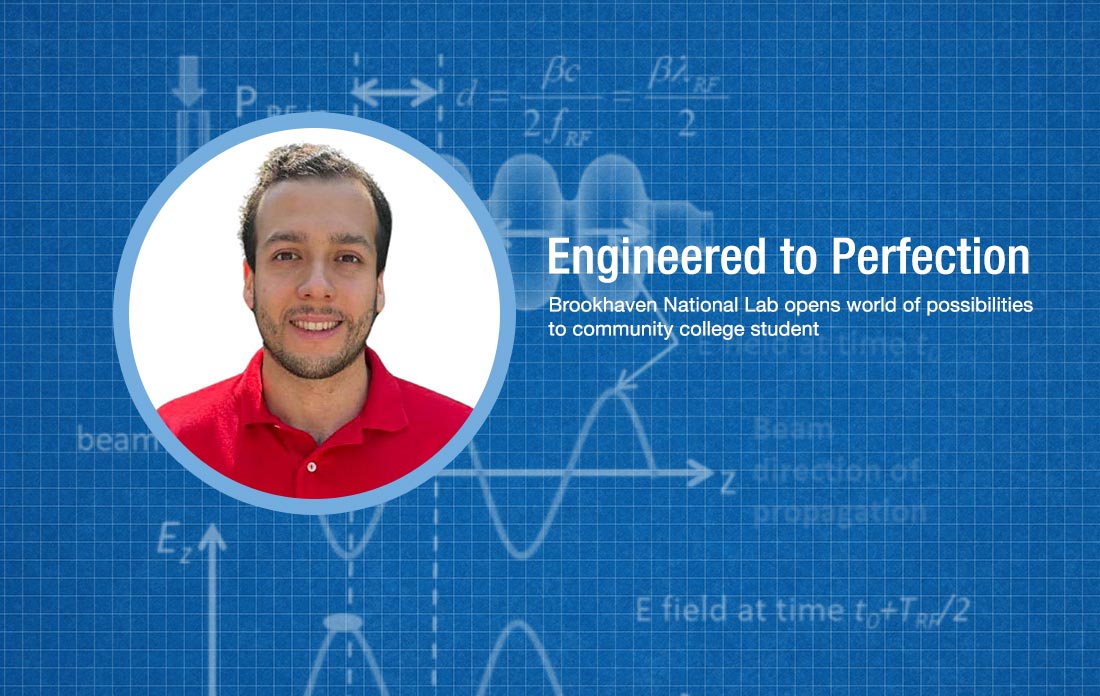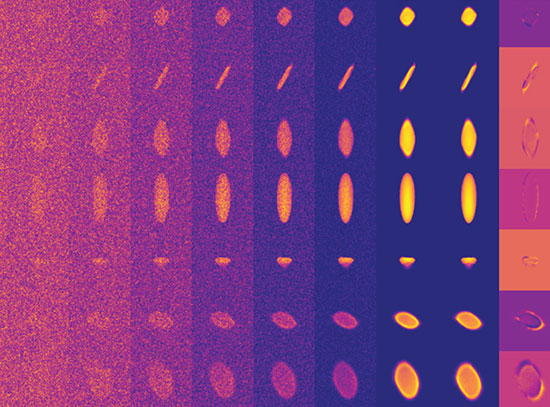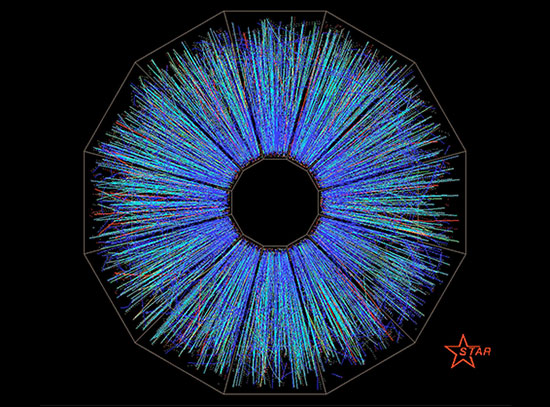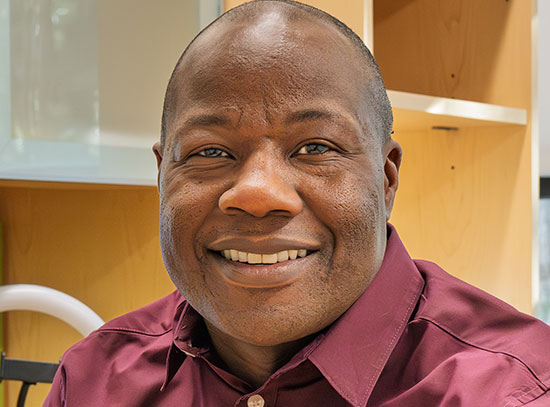Engineered to Perfection
Brookhaven National Laboratory opens world of possibilities to community college student
October 8, 2024
By Allan Brettman

Samuel Henriquez Jr. spent summer 2024 conducting engineering research at Brookhaven National Laboratory through the Community College Internships program, offered by the Department of Energy's Office of Workforce Development for Teachers and Scientists. (Photo courtesy of Samuel Henriquez Jr.)
The following story was originally published by the U.S. Department of Energy's Office of Workforce Development for Teachers and Scientists.
The career path for Samuel Henriquez Jr. was clear.
He would complete his associate’s degree, transfer to a four-year college, complete an engineering degree, and become an engineer.
Then one day he stopped at a bulletin board at Suffolk County Community College in Selden, New York. It was covered with flyers. One flyer stood out.
Community College Internships (CCI), it said. Spend a summer at a national laboratory and work alongside scientists and engineers, it said. Brought to you by the Department of Energy Office of Workforce Development for Teachers and Scientists.
“I thought, ‘Might as well apply,’” Henriquez recalled of that April day in 2024. “I knew any experience would be good, especially at a national laboratory. I also thought it was more appealing than any internship at an engineering firm that I could work at during the summer.”
Destination: Brookhaven
Henriquez applied to be a CCI intern at Brookhaven National Laboratory on Long Island, New York, and Fermi National Accelerator Laboratory, near Chicago.
Like many CCI interns, Henriquez was impressed and pleasantly surprised that his internship would involve more than an introduction to national laboratory life—much more.
His mentor, Thomas Russo, a system engineer, introduced Henriquez to Brookhaven’s work culture and approach to research.
“Sam’s background at the community college showed he had promise,” said Russo, who works for Brookhaven’s Technical Systems Division. “On top of that, he was really energetic and motivated to learn— qualities that are just as important as the fact he’s smart.”
Russo noted that Henriquez was recruited and given preliminary guidance on a project that he did not end up assisting. Upon arrival, the Laboratory needed Henriquez to do something else.
“I had prepped him for this other project and presented it as something that would be really interesting to do,” Russo recalled. “But the Laboratory section where he [was assigned] needed him to [focus] on something else. So, I told him that sometimes that's what we must do as engineers—we have to be flexible. He understood and he was fine with that.”
The project assigned to Henriquez tapped into his interest in engineering.
“I developed a 2D functional plot diagram using computer-assisted design that interfaces with other critical components necessary for the operation of a radiofrequency cavity, which is how they accelerate particles,” said Henriquez. “It played a small part, a very small part, in the Laboratory’s work in developing an Electron-Ion Collider.”
Brookhaven’s Electron-Ion Collider is a high-energy, high-luminosity polarized collider that advocates say will be one of the most challenging and exciting accelerator complexes ever built.
Henriquez consulted throughout his project with John Butler, a technician in the Collider-Accelerator Department.
Setting a direction, then changing it
At the conclusion of his internship, Henriquez had decided that his education would go beyond an engineering bachelor’s degree—he’d decided a PhD is in his future. And he’s hoping the Brookhaven contacts he made through the CCI program will bode well for a future summer-time job at the Laboratory.
“Before deciding on engineering, I’d thought I might be a physician’s assistant,” Henriquez said. “Before that, I didn’t really have a career goal. Maybe something in finance. In high school, I was nonchalant and aimless about my education. I thought I’d maybe get a degree in business administration. It took me two years to realize I would pursue a career in STEM.”
He is now certain of at least one thing.
“At the end of this internship, I can't really tell everybody how much I'm grateful and appreciative that they took me in,” Henriquez said. “You can't put a price on this to get this experience. It was extraordinary. The perfect place to start off with my first internship.
“To anybody else who’s thinking about applying through CCI? Do it. Apply. Even if you don't think you qualify, or you don't think, on paper, that you're good enough.”
2024-22131 | INT/EXT | Newsroom









